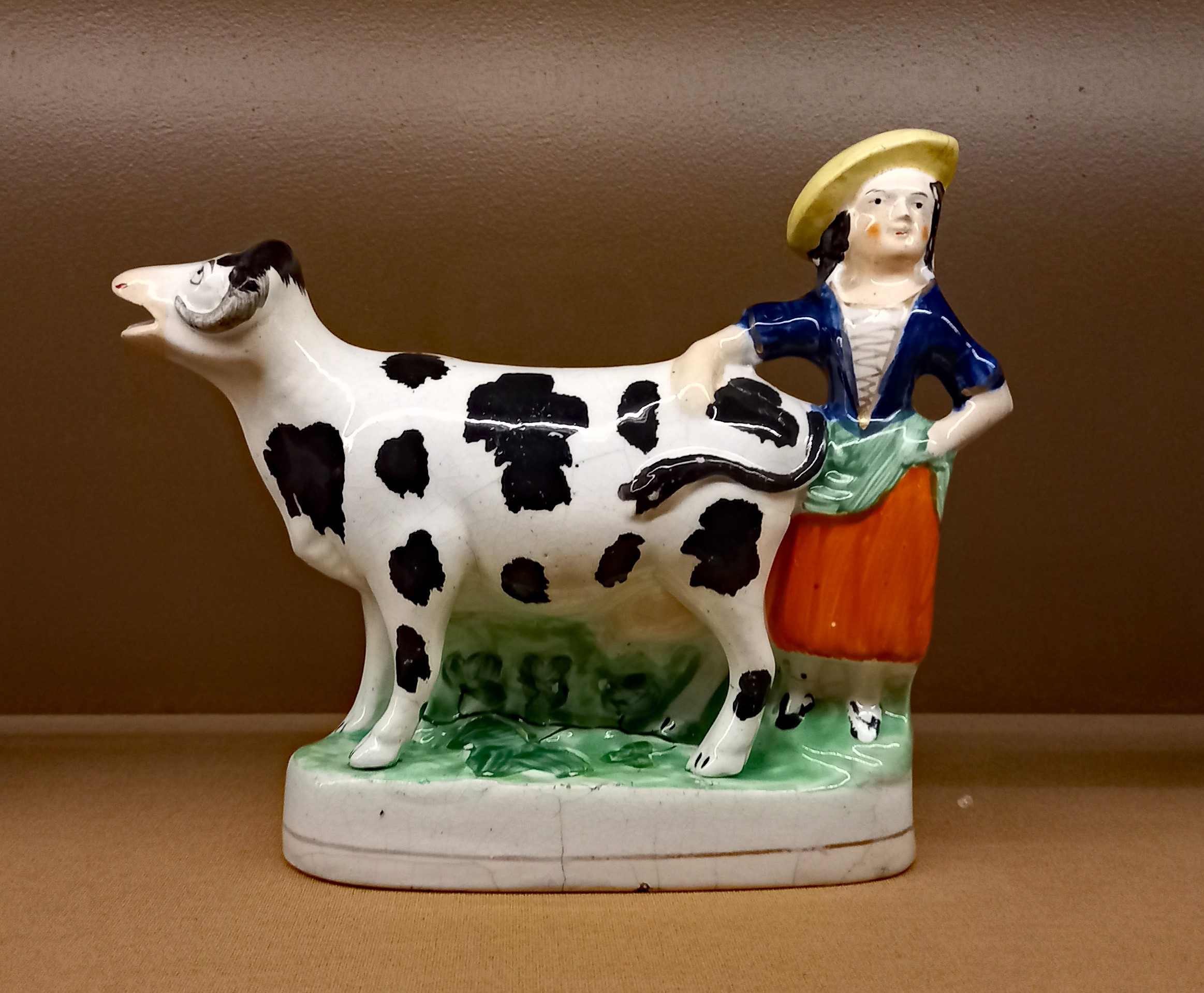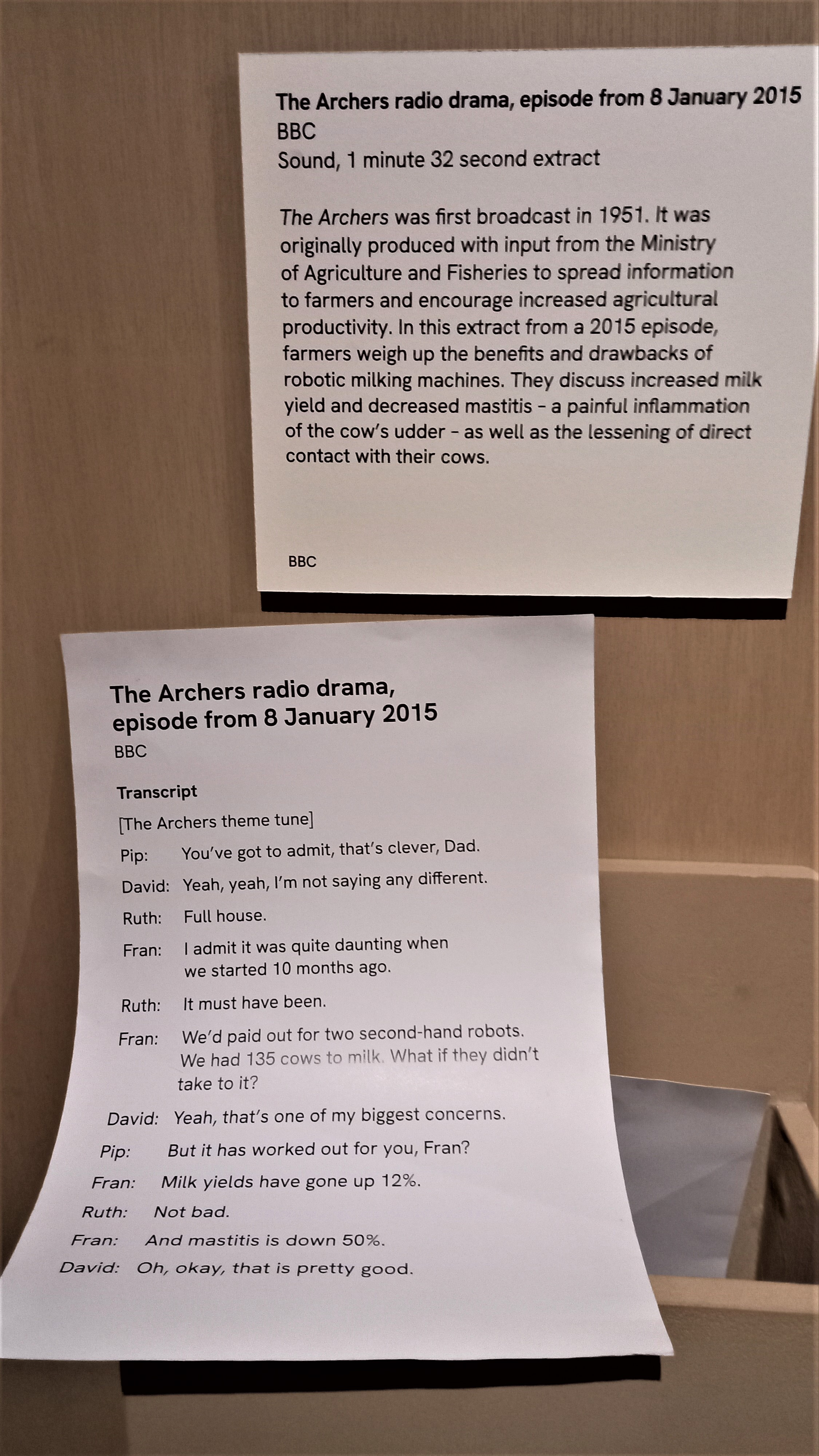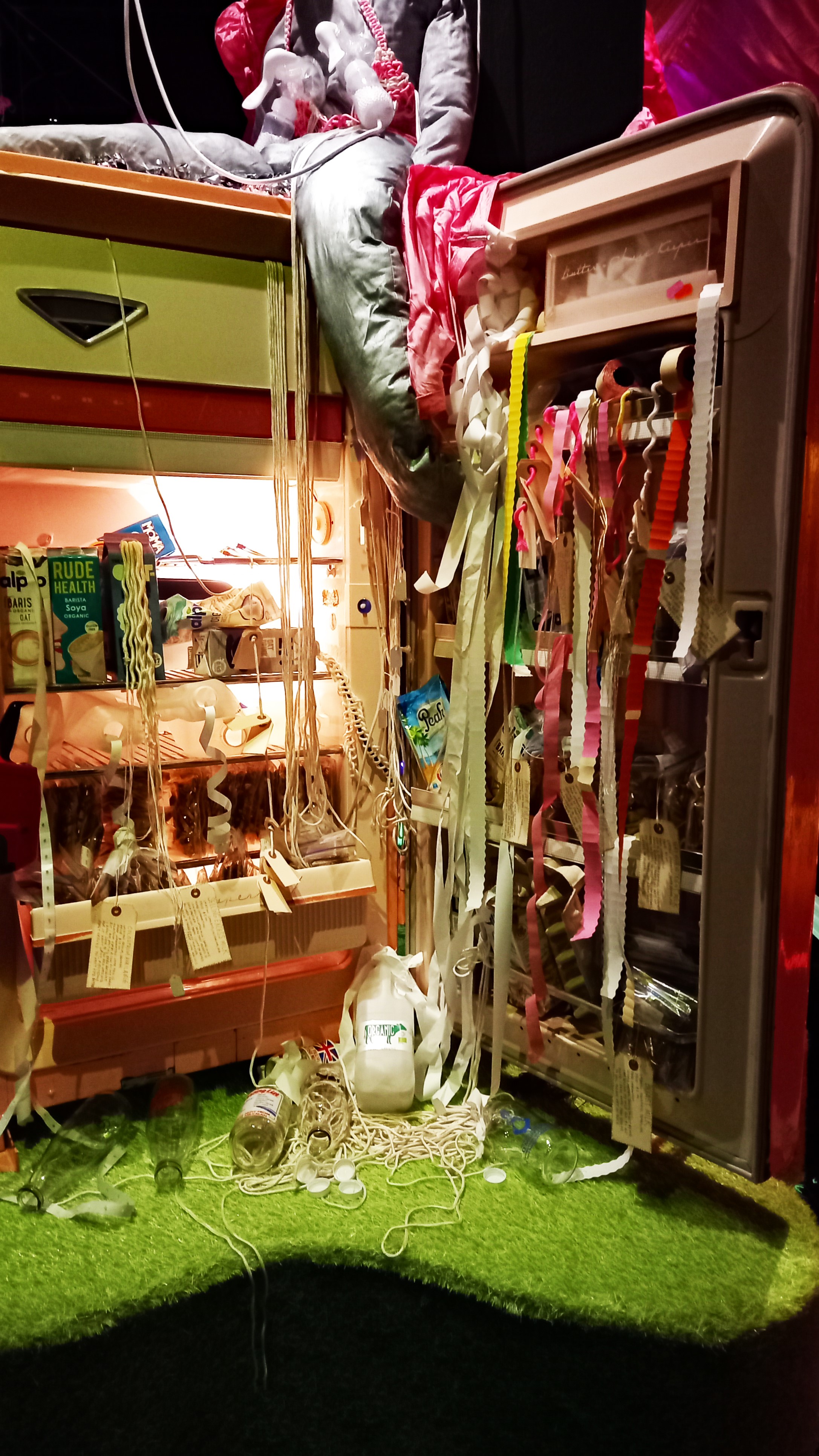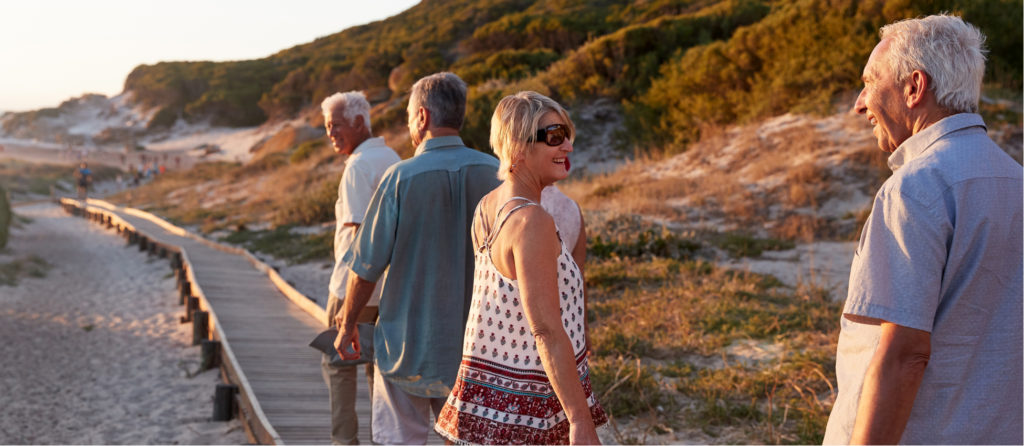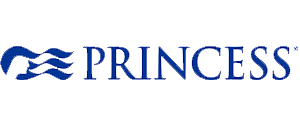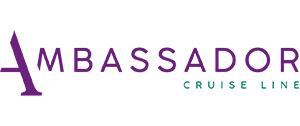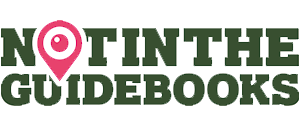If your thoughts of milk centre around whether there’s enough left in the fridge for your coffee or cereal, then I’d highly recommend a visit to The Wellcome Collection’s latest temporary exhibition, simply called ‘Milk’.
We’d never visited the museum before, but it was only a 5 minute walk from Euston Station. A helpful doorkeeper provided a brief but excellent overview of the place before we headed into the exhibition. At 10am on a Thursday morning, it was busier than I expected, but not overcrowded.
The layout was easy to navigate with five sections:
(1) The story of milk – where I was amazed to read that two-thirds of the world’s population have some difficulty digesting milk.
(2) The milk problem – told how the demand for milk in cities in the 19th century created a public health crisis known as ‘the milk problem’. This wasn’t suprising when I read about, and saw a painting from 1825, ‘A Cowkeeper’s shop in Golden Lane’, where one or two cows were kept behind the shop in cramped and insanitary conditions.
(3) Good health – suggested that milk was held up as an icon of ‘good health’, with us being urged in the 1980s to Drinka a Pinta Milka Day.
(4) The cost of milk – a film told of three dairy farmers of different sizes and how they were having to adapt to a changing world.
(5) Scientific motherhood – all I can say is that I didn’t understand this section at all and had no idea what the quirky sculptures were representing!
There was a good balance of exhibits, written information, videos, sculptures, posters, paintings, and audio features. There were so many aspects I really liked, but my favourites were:
An enormous sculpture of a cow’s udder hanging from the ceiling and nearby displays of antique pottery creamer jugs where the cream was put in through a hole on the cows back and then poured out through the mouth.
A memory of school milk ‘some recall milk arriving frozen and melting it on the radiator where it became warm and unpleasant’.
As a huge fan of The Archers, I loved being able to read a script about milking and listen to it at the same time. It was fascinating to hear about how much emphasis was required to make the words come to life.
I’d never thought of milk as political before, but there were many references to the links between milk and white supremacy and there was a funny, but thought provoking You Tube video (Google – ‘how to make a proper cup of tea hetain patel’ which means I now find it hard to look at a tea bag in quite the same way!
Entrance is free, as are audio guides and all the captions and transcripts can be found online.

